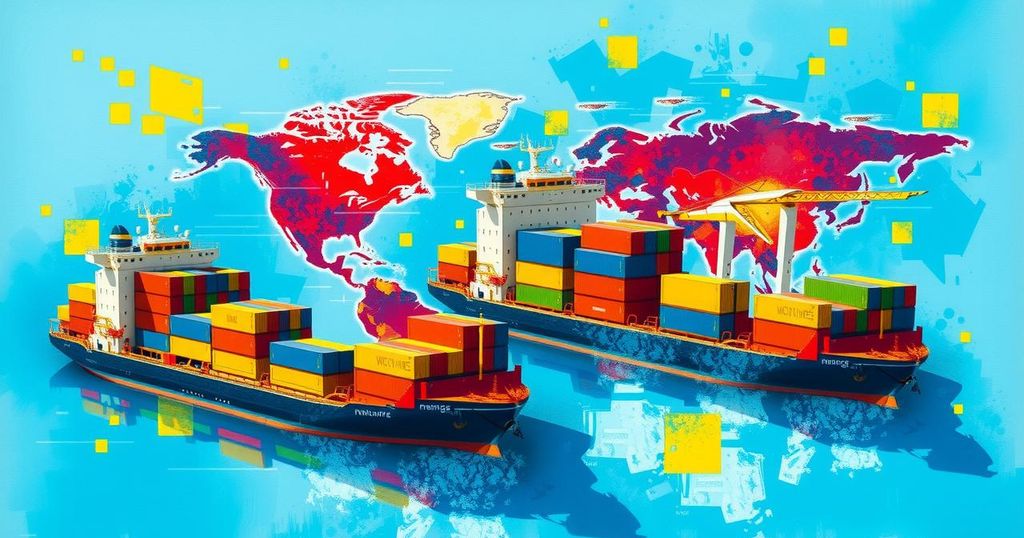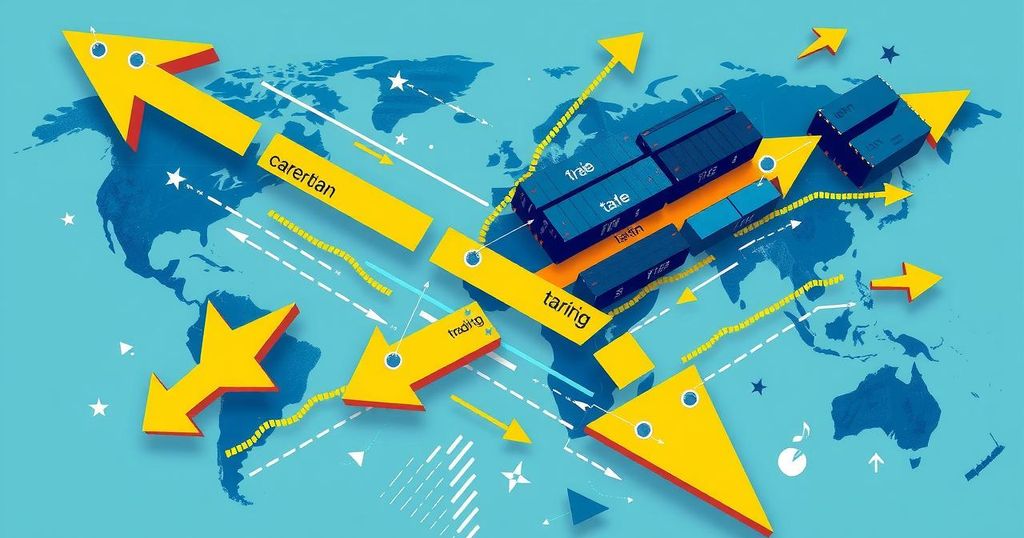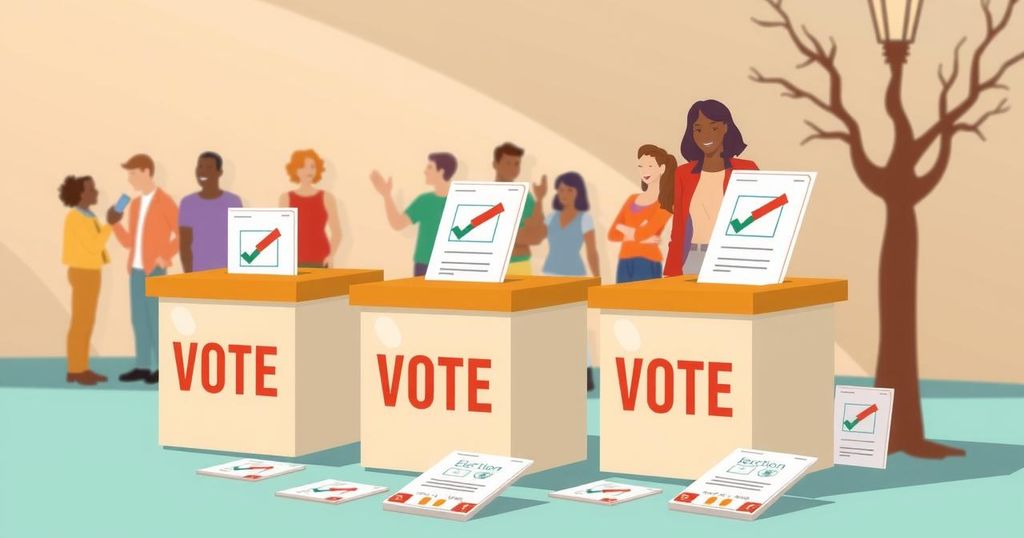On April 2, President Donald Trump intends to impose reciprocal tariffs aimed at reducing U.S. dependence on foreign goods. This strategy is designed to protect American industries and increase federal revenue, although it may raise consumer prices and provoke retaliatory measures from affected countries.
Since returning to office in January, President Donald Trump has been steadfast in his approach to impose reciprocal tariffs, which he has dubbed ‘Liberation Day’ beginning on April 2. His objective is to reduce American dependency on foreign goods by levying tariffs that correspond to rates imposed on U.S. exports by other countries. This strategy aims to protect American industries, bolster federal revenue, and enable the U.S. to negotiate better trade terms.
Trump’s reciprocal tariffs could take various forms, possibly including averages that reflect the tariffs other countries impose alongside their value-added taxes and domestic subsidies. Estimates from senior trade advisers suggest these tariffs could generate significant revenue; for example, estimates project potential earnings of around $600 billion, averaging a 20 percent tariff.
India, while in the midst of trade negotiations with the U.S., has yet to receive indications of any tariff exemptions. Recent discussions have taken place in New Delhi just days ahead of the implementation of the reciprocal tariffs, alongside potential impending delayed import taxes on Canada and Mexico, slated to commence shortly after April 2.
As part of the trade measures scheduled for April 2, Trump will also implement a 25 percent tariff on oil and gas imports from Venezuela and initiate a similar rate on auto imports starting the following day. The administration anticipates raising approximately $100 billion from these new tariffs, reflecting Trump’s ongoing focus on modifying the American trade landscape.
Alongside the new tariffs, existing tariffs – such as the 10 percent on Chinese imports and a 25 percent on steel and aluminum products – remain in place, leading to heightened tensions in global trade as retaliatory measures from countries like China surface. Furthermore, Trump has not ruled out future tariffs on various goods.
With an inclination towards a protectionist trade policy, Trump has also issued warnings of establishing new taxes on key imports including copper and pharmaceuticals while signaling a refusal to negotiate these tariffs before enactment. Notably, the European Union is prepared to retaliate with tariffs on American products in response to Trump’s measures, indicating a prolonged period of trade disruption ahead.
In summary, President Trump’s introduction of reciprocal tariffs on April 2 marks a significant development in U.S. trade policy, with potential implications for international relations and domestic economics. While the initiative aims to protect American industries and generate revenue, it may provoke countermeasures from affected countries, further complicating the global trade environment. As discussions continue with trading partners, particularly India, the future landscape remains uncertain and fraught with potential conflict.
Original Source: www.hindustantimes.com




